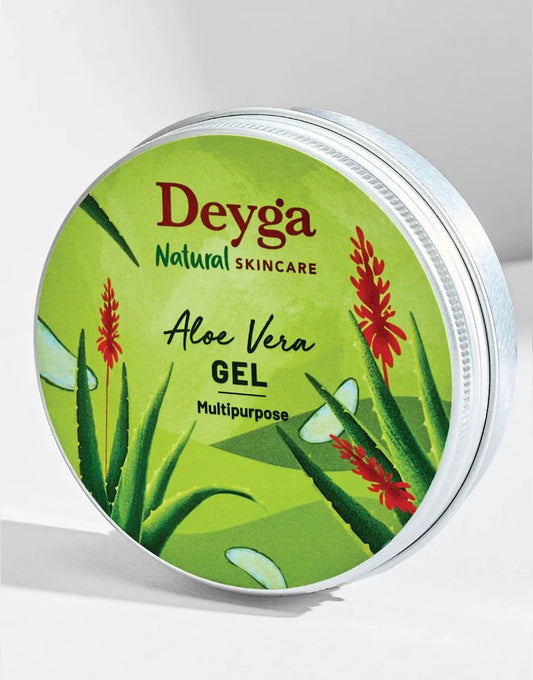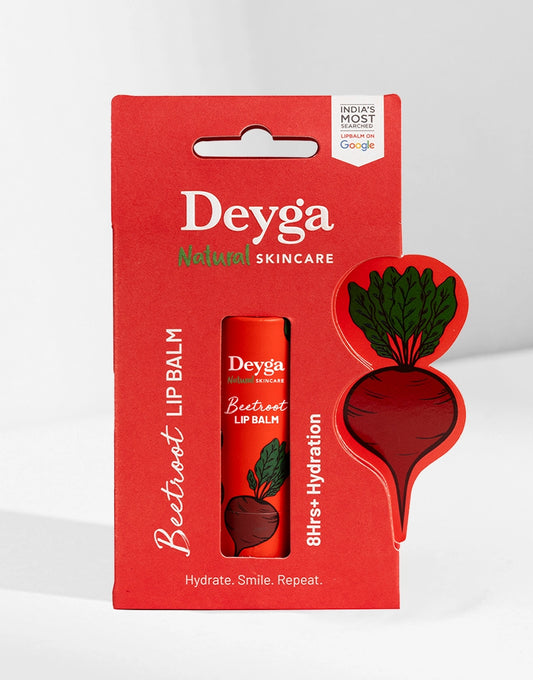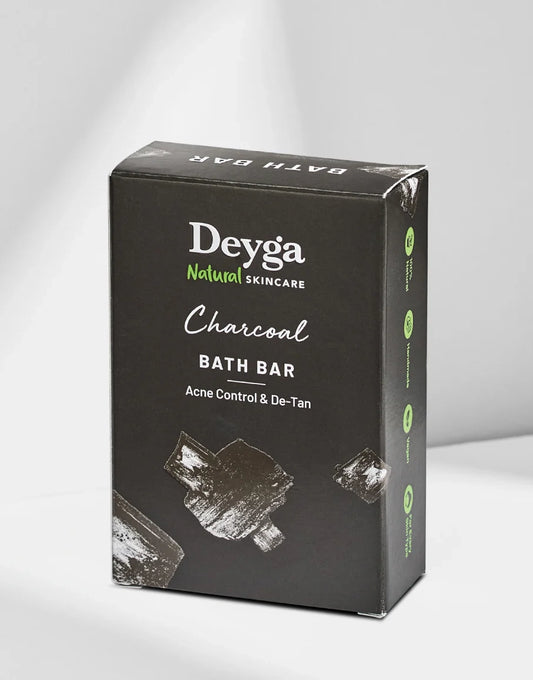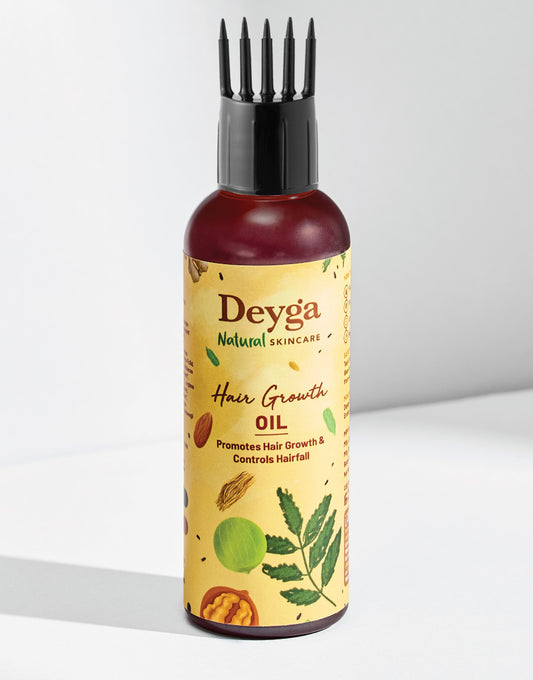Managing periods is something which is not easy. But with the right care, everything can be kept under control. The period flow varies from person to person, and which also applies for comfort and even lifestyle. With the right pad, you can make the period more comfortable and healthy at the same time.
Which Pad Is Best for Periods?
When choosing the pads, rather than the brand and material, here are some of the important aspects to consider. A best sanitary pads should have:
-
Absorption Capacity - So, they don't make you feel bulky and uncomfortable.
-
Stay Intact - Does not move even while travelling
-
Prevent Rashes and Irritation - When choosing skin-friendly materials
-
Breathable - Suits humid weather especially for people with sensitive skin
Periods are not just around protection, but also a way to respect the body in natural rhythm. The right pad makes you comfortable, absorbs flow, and makes you more confident even while travelling.
Types of Pads: Which One Suits You Best?
Every pad is different in various aspects considering the material, quality, thickness, absorbing capacity, and more. Here are some of the types of pads that you can choose based on your needs and blood flow:
1. Regular Cotton Pads
One of the most affordable pads which is available in the market. Made of skin-friendly material like cotton, which is suitable for light and medium flow. Suits people with regular flow and even on workdays.
|
Advantages |
Disadvantages |
|
Cotton material in the top layer of pad makes it gentle on the skin. |
For people with heavy flow, they are prone to leakage |
|
The air flow reduces heat build-ups and prevents rashes on skin. |
Does not stay on-position, which leads to leaks and spotting. |
|
Suits skin of all types, as they are less prone to irritation |
Even though they are cotton pages, they still have some non-degradable layers. |
2. Heavy Flow Pads
Most of us have heavy leaks during the initial days of the menstrual cycle. And in that case, choosing heavy flow periods is a better option since they help in preventing leaks because of wider backs. Suits for whole night usage or days with heavy flow.
|
Advantages |
Disadvantages |
|
Absorbs heavy blood flow, and reduces the risk of leaks. |
Thicker, so might seem uncomfortable. |
|
Has longer back and wider edges. Perfect for long travel and sleeping hours. |
The extra layers will lead to heat in humid climatic conditions. |
|
Suitable for long hours. |
Might take longer time for disposal. |
3. Biodegradable and Organic Pads
When you are looking for products which are safe for skin and planet, then this is the best choice. The materials under this category include bamboo, cotton , etc, which do not have plastic and other chemicals.
Perfect for people with sensitive skin, and anyone who has rashes or irritation post periods.
|
Advantages |
Disadvantages |
|
Made of natural fibre materials |
Slightly falls on the pricey side. |
|
Bio-degradable in nature and is environmentally-friendly. |
Requires frequent changes on heavy flow days. |
|
Cools the vaginal area and is less prone to irritation. |
Not accessible in all areas. |
4. Ultra-Thin Pads
Even though these are slim, they are made of materials which helps in better and even stronger absorption. Perfect for people who want no-pad pad days. Suits light to medium flow.
|
Advantages |
Disadvantages |
|
Slim and barely visible. |
Requires more pads since they are lighter. |
|
Is lighter and breathable. |
Does not provide full protection. |
|
Compact for on-the-go usage. |
Might change the position when not placed properly. |
5. Panty Liners
Panty liners do not suit menstrual cycle days. They are perfect for people who have spotting, discharge, or on the last day of your period for less to no flow days.
|
Advantages |
Disadvantages |
|
Light and comfortable: Thin design makes them barely noticeable and easy to wear daily. |
Not suitable for heavy flow: Only designed for light spotting or discharge. |
|
Keeps you fresh: Ideal for pre- and post-period days or minor spotting. |
Frequent changes needed: Can get saturated quickly if flow increases. |
|
Easy to carry and use: Compact and convenient for travel or quick changes. |
Limited protection: Does not provide full coverage like regular pads or heavy-flow pads. |
Best for: Pre- and post-period days or as backup with menstrual cups or tampons.
Material Matters: Plastic vs. Cotton vs. Biodegradable
For any of you, if you have rashes or skin irritation, one of the major reasons would be the “Sanitary Pads”.
-
Plastic-based top sheet which traps the moisture in the skin, which leads to skin irritation.
-
Cotton pads are considerably softer and breathable, than synthetic pad layers.
-
Biodegradable pads made of organic cotton or bamboo; These are healthy options to go with!
How to Pick the Right Pad for You
Here’s a quick guide based on your needs:
|
Your Need |
Ideal Pad Type |
Why It Works |
|
Sensitive skin |
Biodegradable / Organic |
Rash-free, gentle, chemical-free |
|
Heavy flow |
Long, high-absorbent pad |
Prevents leaks, offers coverage |
|
Daily comfort |
Ultra-thin pad |
Feels light, breathable, discreet |
|
Eco-conscious choice |
Biodegradable pad |
Sustainable and compostable |
|
Spotting or discharge |
Panty liner |
Keeps you fresh and clean |
Caring for Yourself During Periods
So, if you have got your period at the right time, then you are healthy. Some of the tips and tricks to consider while using sanitary pads include:
-
Make sure to change every 3 to 5 hours. When you have heavy flow, change when it’s damp or wet.
-
Wash your intimate area with warm water; And don’t use any soaps or washes.
-
Choose loose and breathable material to reduce friction
-
Drink enough water. 2 to 3 litres works better.
Conclusion
Period is not a problem unless and until you choose the right pad. The right pad which is skin-friendly, made of safe ingredients and is bio-degradable is a better choice both physically and environmentally.
FAQ
Are biodegradable pads better than regular pads?
Yes, they are made of natural fibres like cotton and bamboo. They are safe physically and environmentally.
How often should I change my pad?
Changing every 3 to 5 hours is better. When your period flow is heavy, you can change them immediately.
Can I wear the same pad overnight?
Yes, if you have chosen XL or XXL pads with higher absorbing capacity, then using the same pads everyday is a better choice.
Do pads cause rashes or itching?
Yes, if your pad has a plastic top layer or artificial fragrances and harsh chemicals, they may lead to rashes and irritation.
 Track My Order
Track My Order












